
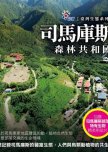
Both films are slice-of-life stories about indigenous Taiwanese people, with a realistic depiction of their traditional life and beautiful mountainous scenery.

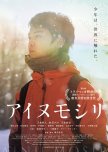
Both movies are the work of the same filmmaker that uses the beauty of wonderful forest and rural scenery, as well as Japanese folklore tradition and rituals, to tell the story of a marginalized community.
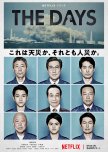
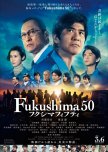
Both titles depict the dramatic events that took place at the Fukushima Daiichi Nuclear Power Plant after the earthquake of 9.0 magnitude and the giant tsunami that followed in 2011.
They show the efforts, courage and sacrifice of the workers who tried to contain the horrific disaster due to rising radiation levels and the large amounts of radioactive water leakage into the Pacific Ocean.
They show the efforts, courage and sacrifice of the workers who tried to contain the horrific disaster due to rising radiation levels and the large amounts of radioactive water leakage into the Pacific Ocean.
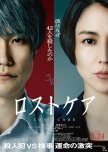
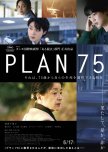
Both movies serve as social commentaries on elderly welfare system, dignity and euthanasia as well as their burden to their family members who usually act as their caregivers.
They are equally dark, sad and thought-provoking.
They are equally dark, sad and thought-provoking.
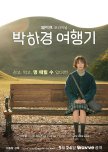

In both dramas the protagonist enjoys daily excursions at different places, usually alone and mostly in silence.
They have similar vibes: a feel-good, soothing experience, depicting the magnificent scenery and natural wonders of nature.
They have similar vibes: a feel-good, soothing experience, depicting the magnificent scenery and natural wonders of nature.

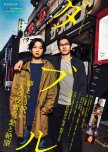
Both stories are psychological character studies that centre around the relationship of two actors.
They depict their friendship, interdependence, jealousy, conflicts, distancing and reconciliation.
They depict their friendship, interdependence, jealousy, conflicts, distancing and reconciliation.


Both stories revolve around Japanese funeral rituals and focus on how death can be seen as a dignified, reconciling and comforting part of life process. They have some very strong emotional moments and are full of delicate calmness and soothing settings.
Hirosue Ryoko has a support role in both titles.
Hirosue Ryoko has a support role in both titles.
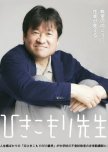

Both titles have leads that are socially withdrawn (hikikomori) that are 'forced' to take action, step outside their comfort zone and, through team work, restart their social life and personal growth.
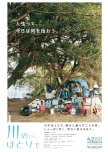

Both are short life/friendship dramas, focused on homeless people that live under a bridge.
Though their plots are very different, they share a similar mysterious and intriguing aura.
Though their plots are very different, they share a similar mysterious and intriguing aura.


Both titles have a warm, cheerful and hard working woman meeting and falling for a cold man.
Both stories centered around aquatic life, study and protection.
Both stories centered around aquatic life, study and protection.

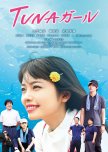
Both titles have a delightfully clumsy and cheerful FL that puts a smile in everyone's face!
They both struggle with their new jobs and marine animals, but their bright personality and determination help them succeed in work and personal growth.
They both struggle with their new jobs and marine animals, but their bright personality and determination help them succeed in work and personal growth.


Both the Drama Special and the short film commemorate the 10th anniversary of the Great East Japan earthquake and deal with its aftereffects on the lives and the scarred souls of the protagonists, their efforts in rebuilding what was lost, as well as honoring the memory of their loved ones.


 47
47 143
143 10
10






















